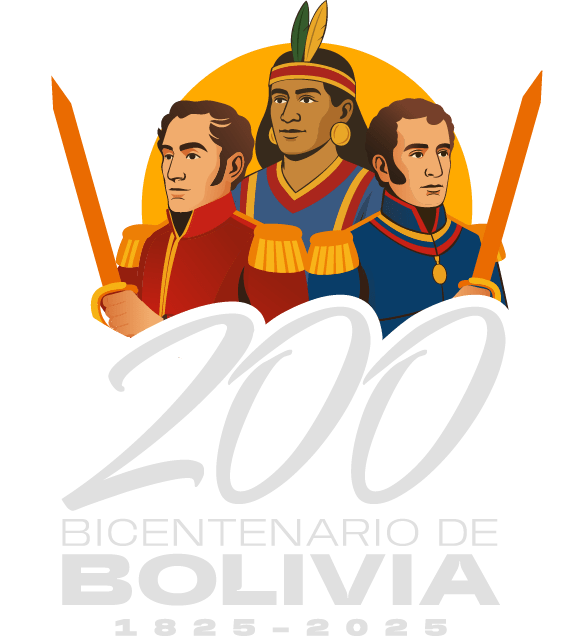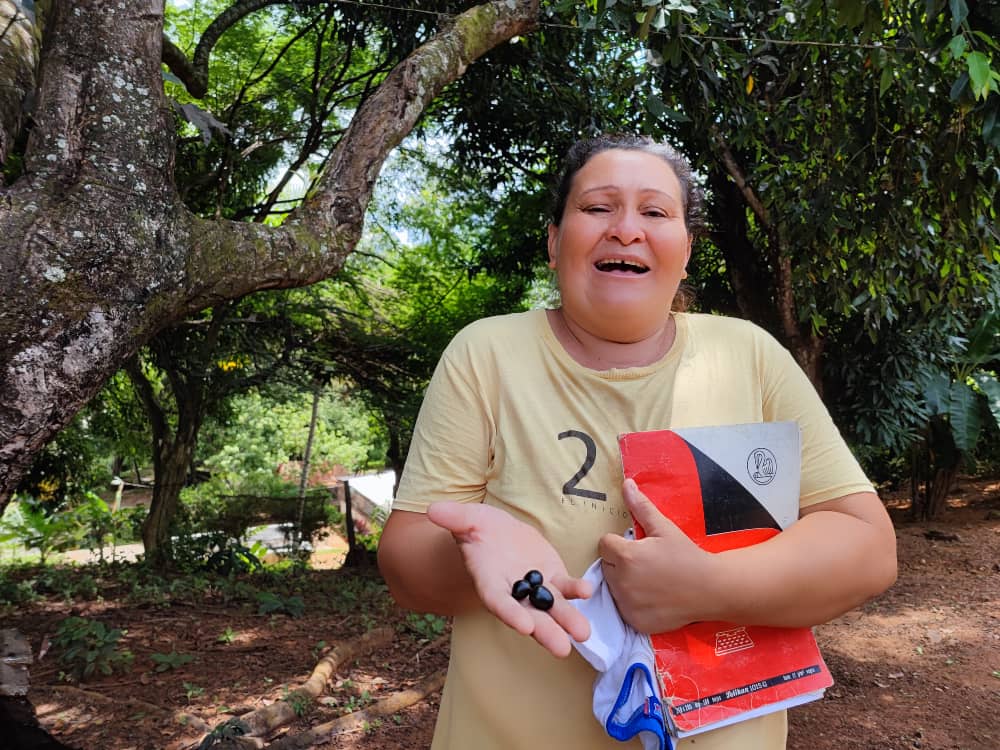Caracas, September 8, 2023 (Press Mincomunas) – Members of the Agroecotourism Commune Aguas de El Castrero participated in the registry of unconventional, forgotten, or underutilized fruit species in the country conducted by specialists from the Ecology Center of the Venezuelan Institute for Scientific Research (IVIC) to improve eating habits in the population.
In this visit to the Agroecotourism Commune Aguas de El Castrero, in San Juan de los Morros parish, Juan German Roscio Nieves municipality, Guarico state, the scientists found between 25 and 30 different botanical species, some of them still unidentified.
According to Marisela Bravo, an agricultural engineer and coordinator of the “Fruit species for food, intending to strengthen food sovereignty in Venezuela” project, this work aims to promote a diverse, quality food culture that contributes to the nutrition of the people with local foods, those that are rare in urban markets.
“We have been working on this project for about ten years, with rural and peri-urban communities, in the search for those species that remain in the people’s shelter, in the people’s knowledge, and that are not conventional. We also want to rescue the biocultural heritage inherent to each of these species; in other words, how they spread and grow and what their requirements are. If they have any special form of propagation, how they people consume them and how communities where these species remain erect and protected”, said the scientist.
Bravo indicated that the communal force of San Juan de los Morros parish showed novel species that will enrich, to a great extent, the inventory of species on which the Laboratory of Plant Ecophysiology of the IVIC Ecology Center is working.
“We thank the community that welcomed us, that communal power near the El Castrero River, and sectors such as Olla de El Dique, Las Guamitas, and Los Bagres. The people of this commune welcomed us warmly and affectionately. They also allowed us to enter their homes to communicate and learn about what they still keep and protect: these species. They allowed us to cover an important part of the territory where more than ten communal councils live, home to about 1300 peasant families, mainly dedicated to agriculture. We hope to work again with this community and with other communes to show the species typical of this region of the country, which we are sure are promising and have an excellent potential to provide a diversified diet for Venezuelans,” said the researcher.
For his part, Jose Aparicio, a spokesman for Aguas de El Castrero Agroecotourism Commune, commented that the community members accompanied the IVIC researchers on a tour of the entire area to examine the different little-known fruit trees, such as the carob, jobo, jobo-plum, “kidney,” wild grape, cañafistola, and guama.
“It was an enriching experience, quite relevant. We can share what is ours to show what we are. We were able to exhibit our fruit trees. The scientists observed the biodiversity of the region. We were able to share our many ecological projects because we are aware that we must improve our relationship with the environment to which we belong and which provides us with our daily sustenance. Our commune has a high coffee potential because we are in the upper basin of San Juan de los Morros parish, and we want to improve the planting of this foodstuff without devastating the environment”, stated Aparicio.
Felicia Perdomo, a member of the community of Los Bagres, San Juan de los Morros parish, highlighted the importance of recovering the historical memory of the forgotten fruit trees of each territory.
“They are delicious fruits, full of vitamins, that many people in the city do not even know (maybe they have heard of them). These fruits, which our grandfathers and grandmothers ate, can help us maintain good health in the present,” she said.



